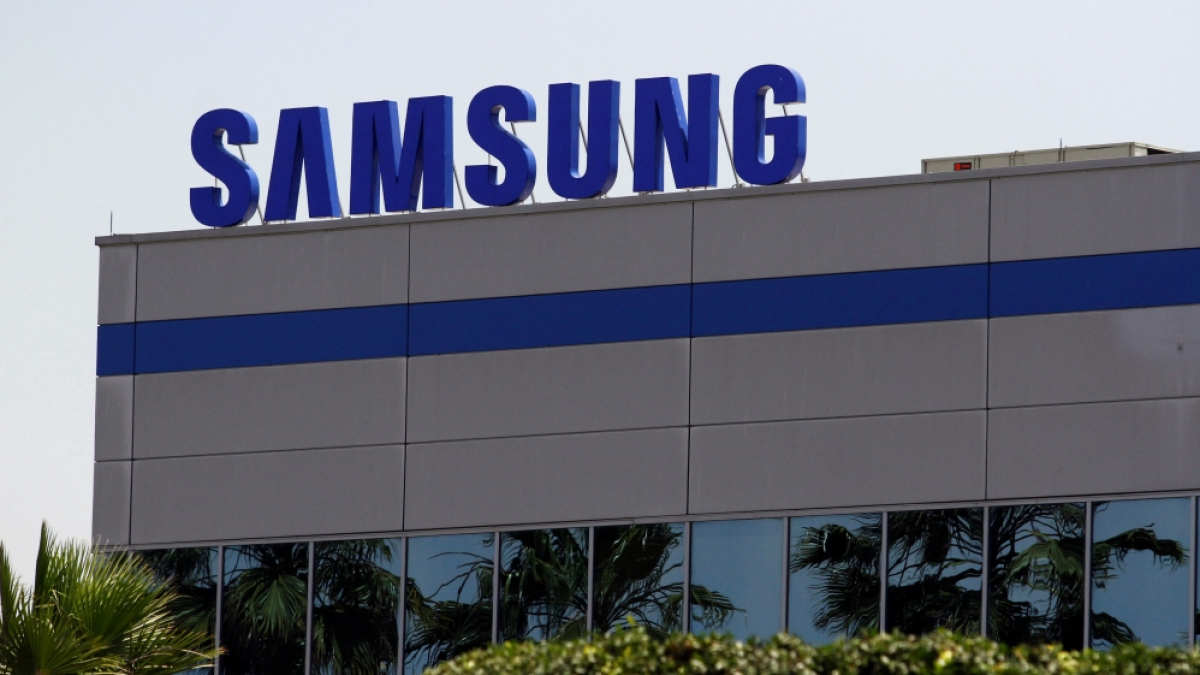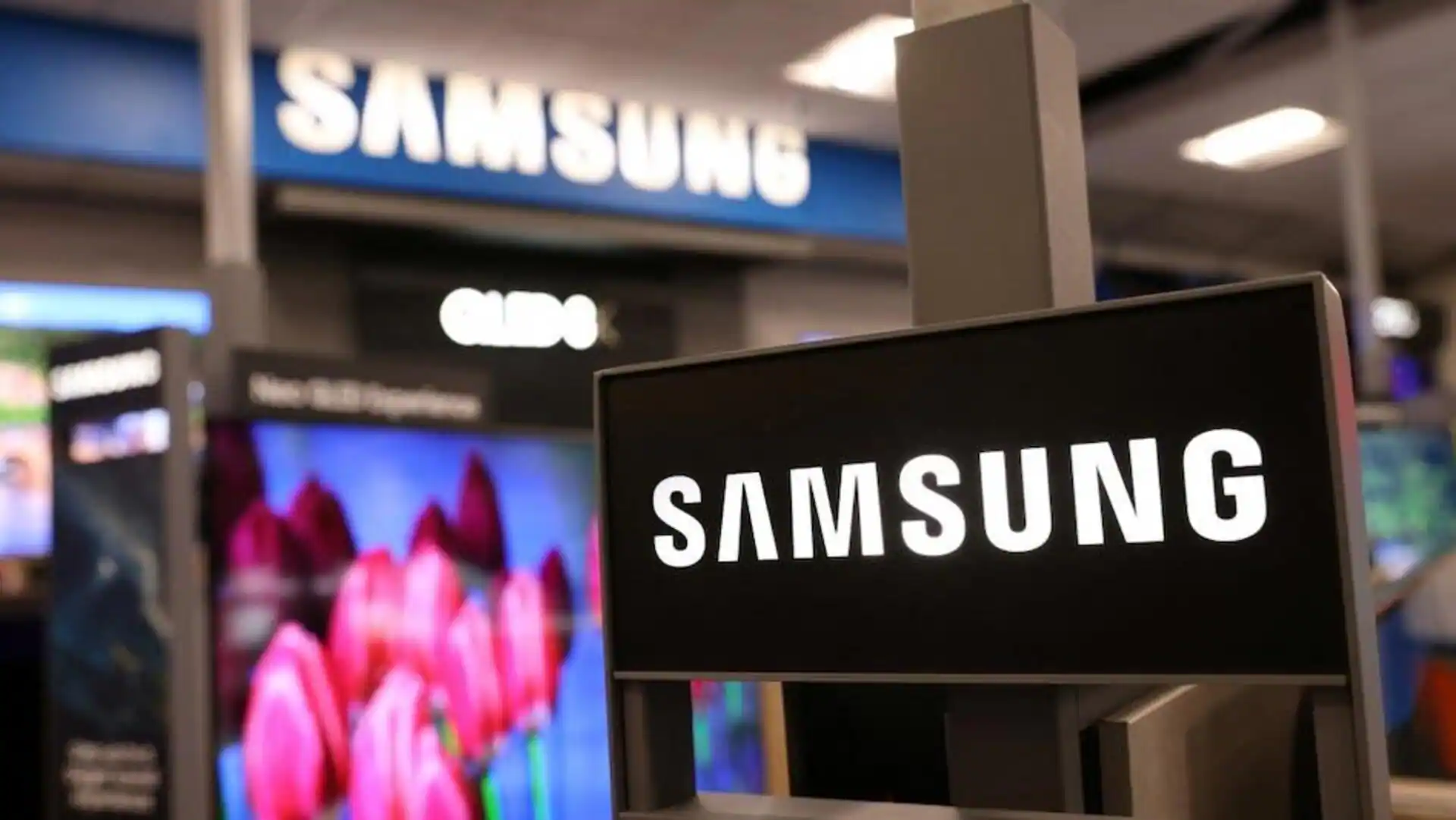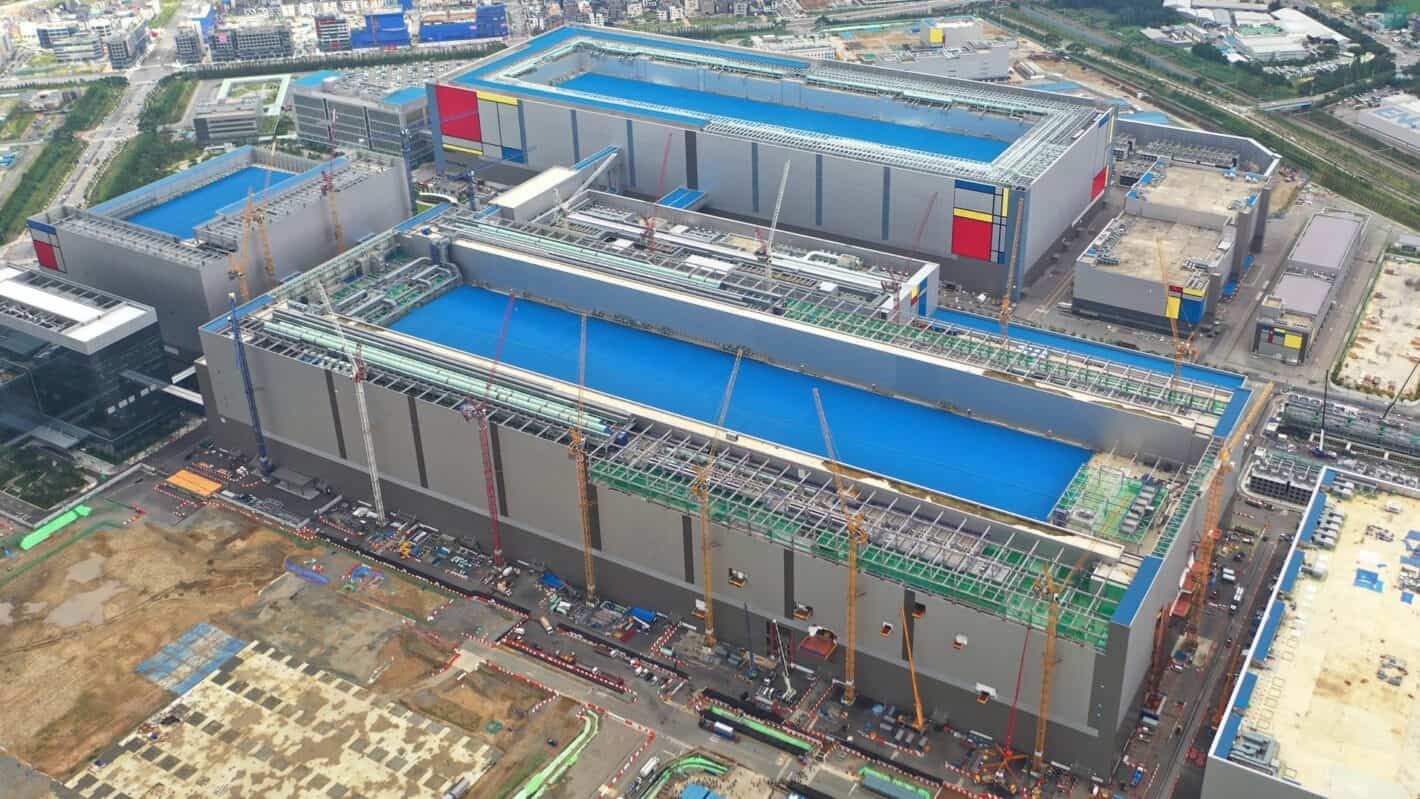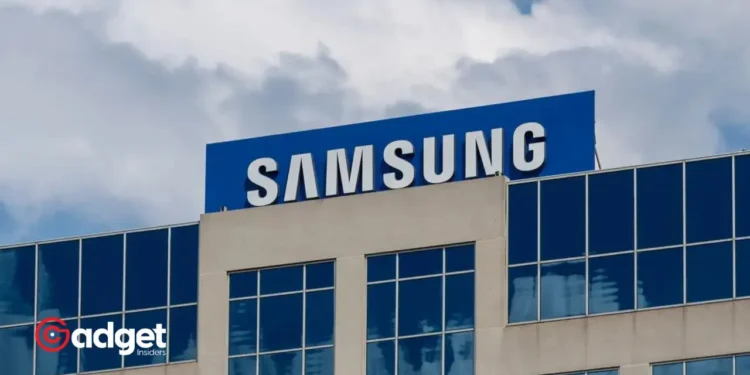In a bold move that underscores the strategic pivot of the United States towards strengthening its semiconductor production capabilities, Samsung is set to receive a staggering subsidy of up to $7 billion. This financial injection, aimed at expanding the tech giant’s chip manufacturing output in Taylor, Texas, marks a significant milestone in the ongoing efforts to diversify the global chip production landscape.
As the digital era accelerates, the importance of semiconductor chips, the lifeblood of modern technology, has never been more pronounced.
From powering the smallest smartwatch to driving the largest data centers, chips are ubiquitous. Samsung’s Texas expansion, supported by the Biden administration under the auspices of the CHIPS and Science Act, is not just an investment in infrastructure; it’s an investment in the future of technology.

A Strategic Shift in Semiconductor Manufacturing
The decision to bolster Samsung’s capabilities comes in the wake of a global semiconductor shortage that exposed the vulnerabilities of an Asia-centric production model.
The COVID-19 pandemic, with its unprecedented lockdowns, brought the world’s manufacturing engines to a halt, sparking widespread shortages across industries as diverse as automotive to consumer electronics.
The U.S. government’s response, as evidenced by the substantial subsidies for Samsung following a similar package for TSMC’s Arizona expansion, reflects a clear strategy to mitigate future risks by geographically diversifying chip manufacturing.

A Glimpse into the Future: Samsung’s Texas Expansion
Samsung’s ambitious plan involves pouring over $44 billion into the United States, a testament to the company’s commitment to not only enhancing its production capacity but also contributing to the resilience of the global tech supply chain.
The earmarked subsidy will facilitate the construction of four state-of-the-art facilities in Taylor, including a $17 billion chipmaking plant announced in 2021, an additional factory, an advanced packaging facility, and a research and development center.
This expansion is poised to not only fortify the U.S. as a semiconductor powerhouse but also catalyze innovation in chip technology.
BUSINESS 💸 :
U.S. to award Samsung up to $6.6 billion chip subsidy for Texas expansion. pic.twitter.com/QOcnMOIFX6
— Money Guys (@MoneyyGuys) April 9, 2024
Beyond COVID-19: A Forward-Looking Approach
While the immediate impetus for these investments may be traced back to the chip shortages experienced during the COVID-19 pandemic, the vision extends far beyond remedying past challenges.
The semiconductor industry is at the cusp of a new era, with burgeoning demand across a spectrum of applications. From the proliferation of smart devices and IoT technologies to the advent of AI-powered gadgets and VR equipment, the next decade promises a surge in chip-dependent innovations.
Samsung’s expanded facilities in Texas are set to be at the heart of this technological evolution, supplying the critical components that will power the future.

The Path Ahead: Nurturing Innovation and Security
As the world gears up for a future where smart technologies become increasingly integrated into every facet of daily life, the significance of establishing a robust, diversified, and secure semiconductor supply chain cannot be overstated.
Samsung’s Texas expansion, supported by the Biden administration’s strategic subsidies, is more than an economic initiative; it’s a cornerstone in the blueprint for a technology-driven future.
With these new facilities, the U.S. is not just addressing the vulnerabilities laid bare by the pandemic but is also setting the stage for the next generation of technological breakthroughs.
In conclusion, Samsung’s $7 billion subsidy for its Texas expansion is a pivotal moment in the global tech landscape. It underscores a collective move towards securing a more resilient and innovative future, one where technology’s potential is limited not by production capacities but only by the boundaries of human imagination.
As we stand on the brink of this new digital dawn, the significance of investments like these, in shaping the technologies that will define the next decade, cannot be underestimated.










